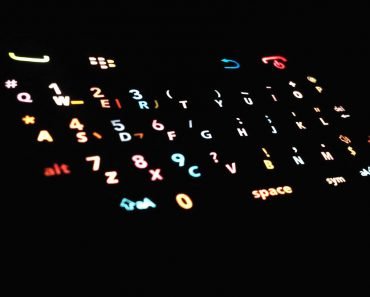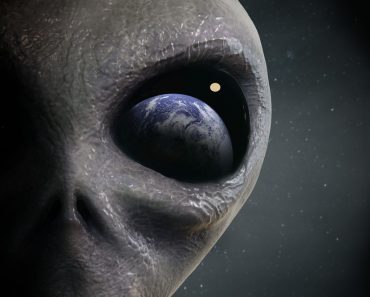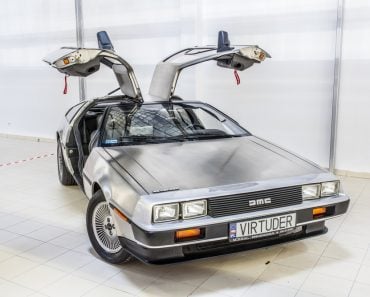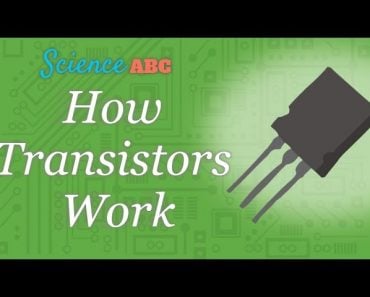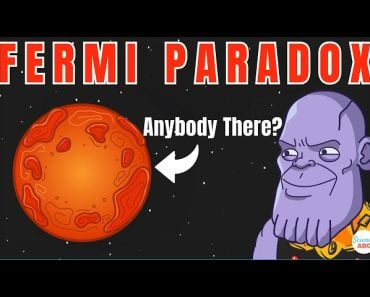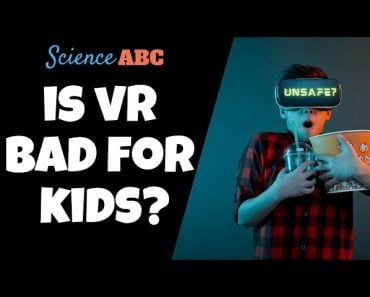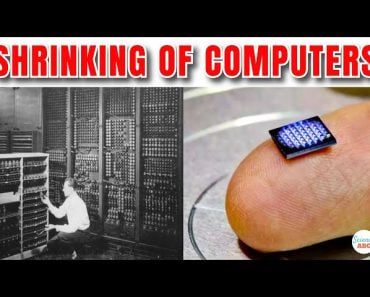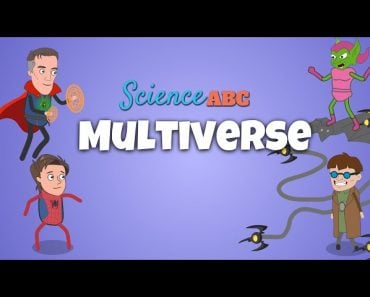Scientists and innovators have always considered sci-fi as a hunting ground for ideas, and over the years, they have turned many aspects of fiction into reality.
Self-tying Nike shoes and commercial hoverboards might not be a reality just yet, but thanks to science and technology, G.I.D.E.O.N or J.A.R.V.I.S don’t seem to be denizens of such a distant future. Most of us take the wonders of science fiction with a grain of salt, but that’s not the case for scientific visionaries. For them, the genre is a social laboratory, a minefield of ideas and inspiration. Science fiction is an extension of human creativity with science as its backbone. It somewhat resembles the “chicken or the egg” problem within the world of innovation.
Recommended Video for you:
Science Fiction Prototyping
In today’s age of free scientific thinking and reasoning, the line of distinction between science fact and science fiction seems to have blurred. The sci-fi world is a veritable wonderland of ideas for people who want to create or design the future.
Brian David John, a Futurist at Intel (sounds like a made-up profession, but isn’t) came up with a brilliant concept called “Science Fiction Prototyping”. This is a type of research that creates science fiction prototypes, such as movies, short stories, and comics, and then uses them as tools to explore how a new invention or design might affect society.
Basically, they use current science and tech facts to create hypothetical futuristic scenarios. They weave the situations around a particular scientific development (say automated air travel), and involve societal elements that directly or indirectly interact with the new development (example: the passengers of that unmanned flight).
These imaginary settings act as prototypes for scientists and futurists that help them weigh the pros (has sensors to detect flying birds from miles away) and cons (lacks a pilot’s intuition) of a particular idea. These prototypes and the results of such mental experiments can change or improve the concept.
Even before science fiction prototyping became a serious thing, science fiction has been shaping the world for quite a while. Be it in the form of literature or visual media, sci-fi has always tingled the grey matter of innovators.
Impact Of Fiction Literature On Science And Technology
Before the scientific revolution, questioning the beliefs and teachings of the church would get people sent straight to the dungeons. Therefore, academics supported and broadcasted new scientific ideas, like the heliocentric theory, under the cloak of fiction. In the book “The Man in the Moone” (considered to be the first piece of science fiction ever), the author Francis Godwin uses science fiction to support the school of thought brought forward by thinkers like Tycho Brahe, Copernicus, Kepler, and Galileo.
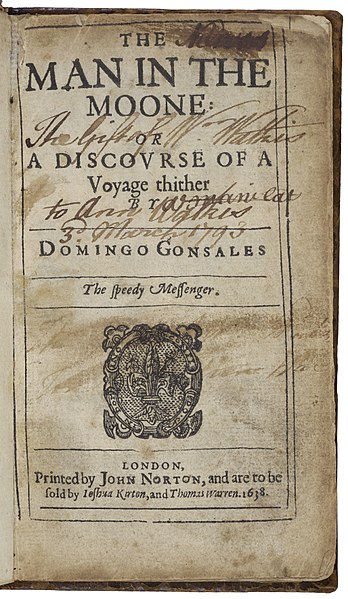
The technology and process that made it possible to take “one small step for man” was predicted almost a century ago in a science fiction novel “From The Earth to the Moon”. In the novel, Jules Verne writes about lunar spacecraft and retro-rockets whose physical descriptions and functionality coincided closely with that of the Apollo-11. His novel also predicted a splash landing of the shuttle into the Pacific Ocean. Uncanny, right?
The World Wide Web, which is making it possible for you to read this, was invented by Tim Berners Lee, a British scientist at CERN. His idea to connect the computing powers of different computers came from futurist/science fiction genius Arthur C Clarke’s short story “Dial F for Frankenstein”. In the story, there is mention of interconnected telephones that act as a single brain, communicate with each other using codes, and ultimately try to take over the world.
In the futuristic novel “The World Set Free” by H.G Wells, written in 1913, he mentions a 2oth century technology that uses a radioactive material “Carolinum” to generate energy by inducing a degenerative process. Shortly after this, scientist Leo Szilard (co-creator of the first nuclear reactor with Enrico Fermi) came up with the concept of atomic chain reaction. In 1939-1940, the two scientists worked on an atomic energy reactor using neutron-induced Uranium fission. And then, the atomic era began!
Even everyday objects like credit cards, earphones, and automatic doors appeared in science fiction literature long before they were invented.
Impact Of Sci-fi Motion Pictures On Science And Technology
Stanley Kubrick and Arthur C Clarke’s brainchild “2001: A Space Odessey” is a cult classic sci-fi movie, even 52 years after its initial release in 1968! The sheer genius of the detailed scientific speculations is still baffling after all these years. In an era when mankind hadn’t even ventured beyond Earth’s orbit, the movie portrayed a space station (almost like the ISS) orbiting the earth with astronauts working on it.
The space stations had flat-screen monitors and inflight entertainment systems, and the star of all was the sentient computer crew member (artificial intelligence) HAL 9000. Unfortunately, unlike the AI we are aware of, HAL had its own mind and ended up going on a killing spree. Another shocking but accurate depiction made in the movie was people’s extreme dependence on technology, which doesn’t sound much like fiction at all anymore.
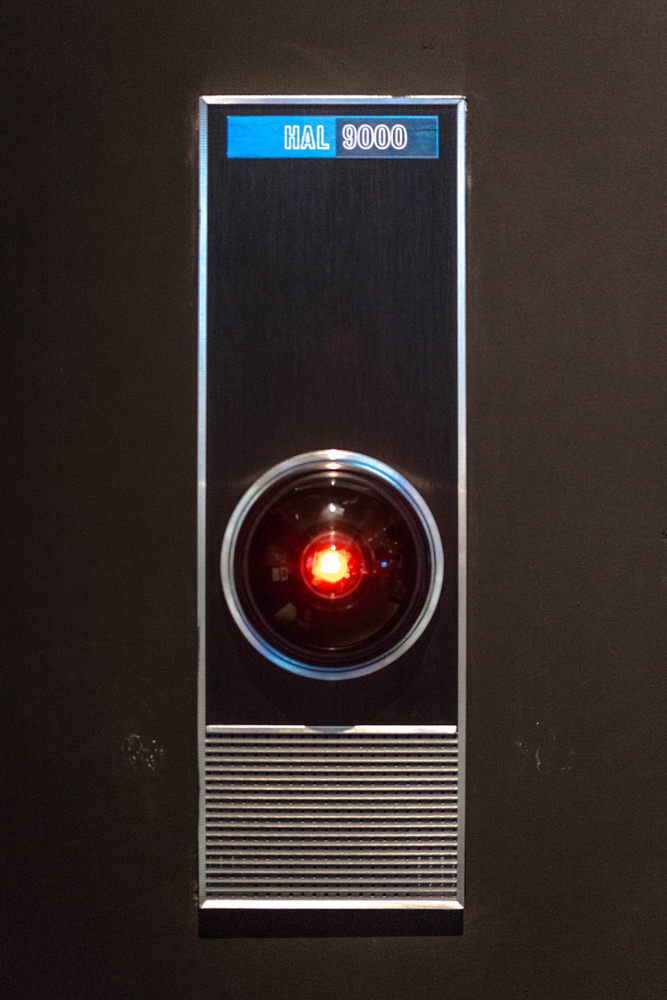
Moving on to a positive note… remember the really cool Motorola Razr phones (No, not the new touchscreen ones) that you would whip open before talking? Almost 4 decades before the launch of the Razr phones, a similar-looking design appeared in the first episode of Star Trek back in 1966. The fictional “communicator” from Star Trek not only impacted the design of flip phones, but also inspired Martin Cooper to create the first-ever handheld mobile phone.
That show even featured PADD (Personal Access Display Device), which was a keypad-less device they could operate by touch. Doesn’t sound very exciting, right? But just take a second and remind yourself that this was 1966. The majority of the world was still using rotatory dial phones. This visionary tech from Star Trek also seems to have inspired Steve Perlman, a scientist at Apple, to create “Quicktime”!
The Star Wars universe created their expansive narrative around the concept of exoplanets, but that happened decades before mankind had even discovered the first exoplanet. Those same movies have gone on to inspire tech like holograms, laser weapons (though not exactly lightsabers), hovercrafts and bionic limbs, among many others.
Conclusion
Science fiction has clearly driven the human imagination “to boldly go where no man has gone before”. Not only has this genre influenced new designs and ideas, but for many, it is something that inspired them to pursue science and technology as a career path. Major advancements in technology aren’t acutely scary—like a robot uprising—so we often take them for granted, or forget where those ideas were born. Science fiction prototyping is one critical tool that will help scientists continue molding a better world for everyone.
After all, as this article has shown, we build our future from great imagination of the past!
References (click to expand)
- Science Fiction Prototyping - Medium. Medium
- Ten Inventions Inspired by Science Fiction. Smithsonian
- Science Fiction Prototyping: Designing the Future with Science Fiction | Morgan & Claypool books | IEEE Xplore - ieeexplore.ieee.org
- When science fiction inspires real technology. MIT Technology Review
- Hutton, S. (2005, May 1). The Man in the Moone and the New Astronomy: Godwin, Gilbert, Kepler. Études Épistémè. OpenEdition.
- 'Star Trek' Is Right About Almost Everything. National Geographic
- Bizony, P. (2018, March). The ageless appeal of 2001: A Space Odyssey. Nature. Springer Science and Business Media LLC.


